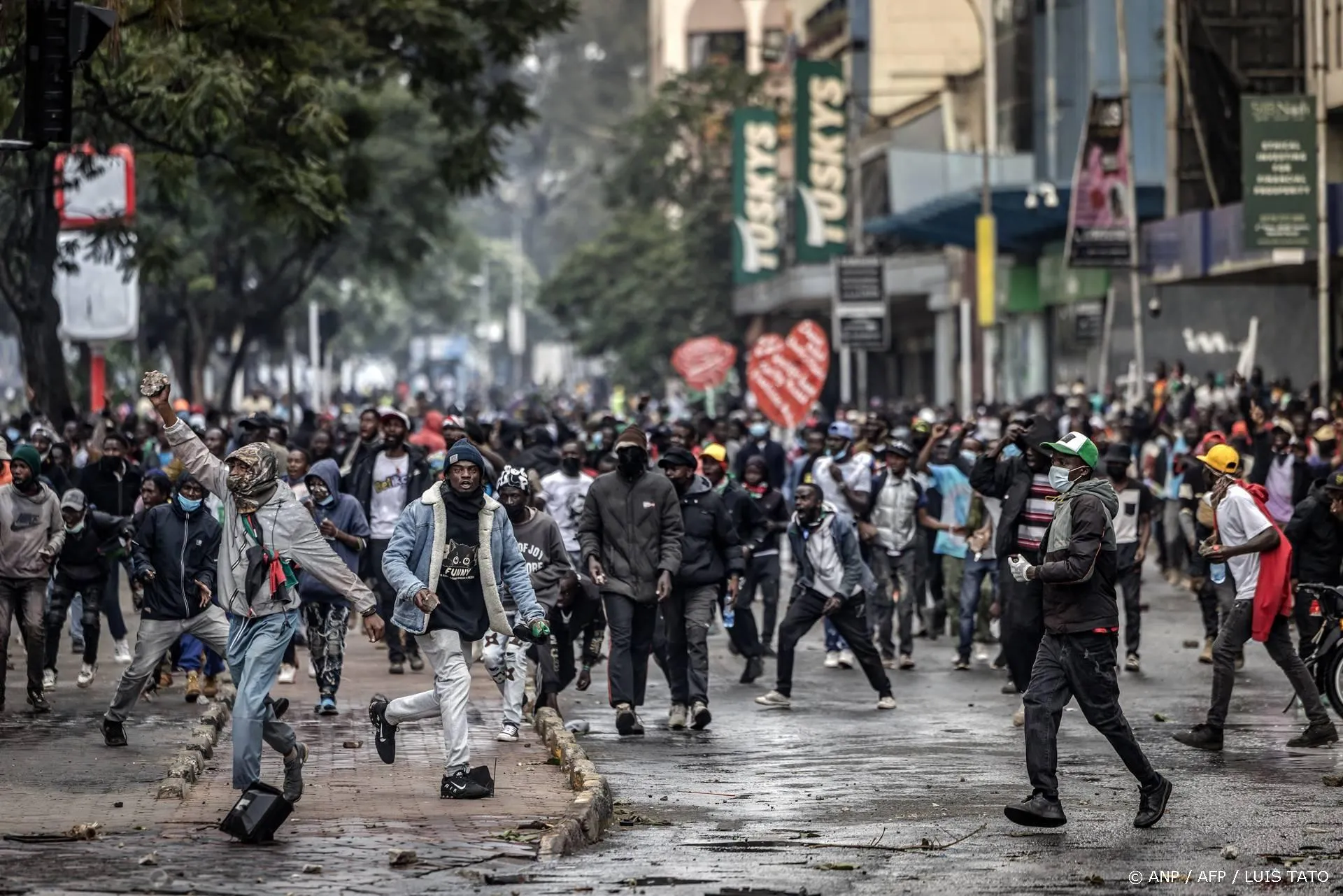Hoe betrouwbaar zijn de temperatuurmetingen?
Onbeantwoorde vragen.
Manipulatie (bijstellen, aanpassen, homogeniseren, opschonen) van data komt nogal eens voor. De voormalige Sovjet-Unie was berucht om zijn gerommel met statistieken, die een onwaarschijnlijk positief beeld van de vooruitgang van de economie lieten zien. De werkelijkheid was anders, zoals na de ineenstorting van het communisme bleek. Maar ook in het 'vrije, transparante' Westen kwam gesjoemel met statistieken voor. Dat gold bijvoorbeeld voor werkloosheidsstatistieken. Toen deeltijdwerk een normaal verschijnsel werd, werden deze aangepast, waardoor een gunstiger beeld ontstond dan wanneer men had vastgehouden aan de voltijdswerkweek.
Meer recentelijk heeft Eurostat de definitie van het BBP aangepast, en heeft het een aantal categorieën die eerder als uitgaven werden gerekend, zoals onderzoek en ontwikkeling en militaire uitgaven, 'gekapitaliseerd'. Deze nieuwe rekenstandaard heeft een verhoging van het BBP met 2,4 procentpunten tot gevolg gehad. Dat toont natuurlijk veel beter en geeft een prettig gevoel.
Ook de klimatologie kent vele aanpassingen van ruwe temperatuurdata. Meer dan tien jaar geleden werd mijn aandacht daarop gevestigd bij lezing van het blog van (wijlen) John Daly, 'Still waiting for the greenhouse', die daarover regelmatig publiceerde.
Opvallend was dat de aanpassingen in het merendeel van de gevallen leidden tot een opwaartse bijstelling van de opwarming, conform de antropogene broeikashypothese (AGW = 'Anthropogenic Global Warming').
In een speciale hoorzitting voor de Amerikaanse Senaat, ruim een jaar geleden, heeft ook Don Easterbrook op dit verschijnsel gewezen, gelardeerd met vele grafieken.
Onder de titel, 'The scandal of fiddled global warming data', heeft Christopher Booker, onlangs opnieuw de aandacht gevestigd op deze praktijken naar aanleiding van een blog van Steven Goddard.
Christopher Booker:
The US has actually been cooling since the Thirties, the hottest decade on record.
When future generations try to understand how the world got carried away around the end of the 20th century by the panic over global warming, few things will amaze them more than the part played in stoking up the scare by the fiddling of official temperature data. There was already much evidence of this seven years ago, when I was writing my history of the scare, The Real Global Warming Disaster. But now another damning example has been uncovered by Steven Goddards US blog Real Science, showing how shamelessly manipulated has been one of the worlds most influential climate records, the graph of US surface temperature records published by the National Oceanic and Atmospheric Administration (NOAA).
When future generations try to understand how the world got carried away around the end of the 20th century by the panic over global warming, few things will amaze them more than the part played in stoking up the scare by the fiddling of official temperature data. There was already much evidence of this seven years ago, when I was writing my history of the scare, The Real Global Warming Disaster. But now another damning example has been uncovered by Steven Goddards US blog Real Science, showing how shamelessly manipulated has been one of the worlds most influential climate records, the graph of US surface temperature records published by the National Oceanic and Atmospheric Administration (NOAA).
Goddard shows how, in recent years, NOAAs US Historical Climatology Network (USHCN) has been adjusting its record by replacing real temperatures with data fabricated by computer models. The effect of this has been to downgrade earlier temperatures and to exaggerate those from recent decades, to give the impression that the Earth has been warming up much more than is justified by the actual data. In several posts headed Data tampering at USHCN/GISS, Goddard compares the currently published temperature graphs with those based only on temperatures measured at the time. These show that the US has actually been cooling since the Thirties, the hottest decade on record; whereas the latest graph, nearly half of it based on fabricated data, shows it to have been warming at a rate equivalent to more than 3 degrees centigrade per century.
When I first began examining the global-warming scare, I found nothing more puzzling than the way officially approved scientists kept on being shown to have finagled their data, as in that ludicrous hockey stick graph, pretending to prove that the world had suddenly become much hotter than at any time in 1,000 years. Any theory needing to rely so consistently on fudging the evidence, I concluded, must be looked on not as science at all, but as simply a rather alarming case study in the aberrations of group psychology.
Aldus Christopher Booker.
Op het blog van Steven Goddard is een aardige animatie te zien van de bijstelling van de grafiek, die het verschil nog duidelijker aantoont dan de illustratie hierboven.
Goddard sluit zijn stukje af met het volgende citaat van George Orwell:
He who controls the past controls the future. He who controls the present controls the past.
Maar klimaatscepticus Anthony Watts heeft kritiek op de benadering van Steven Goddard en neemt het op voor NOAA/NCDC - althans enigszins. Hij schrijft e.e.a. toe aan incompetentie en niet aan opzet.
Hij schrijft daar onder meer over:
It is my view that while NOAA/NCDC is not purposely fabricating data, their lack of attention to detail in the process has contributed to a false warming signal in the USA, and they dont much care about it because it is in line with their expectations of warming. The surface temperature record thus becomes a product of bureaucracy and not of hard science Never ascribe malice to what can be explained by simple incompetence.
Lees verder hier.
Maar het blijft in zijn ogen dus ook een 'false warming signal'.
Voor mijn eerdere DDSbijdragen zie hier.
Ga verder met lezen
Dit vind je misschien ook leuk
Laat mensen jouw mening weten


